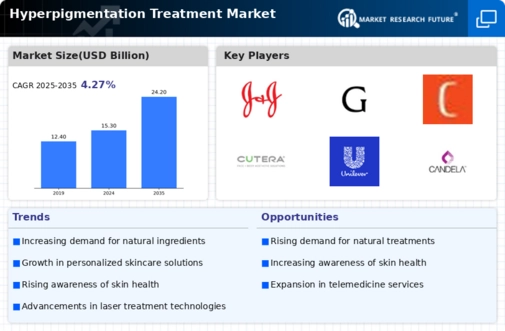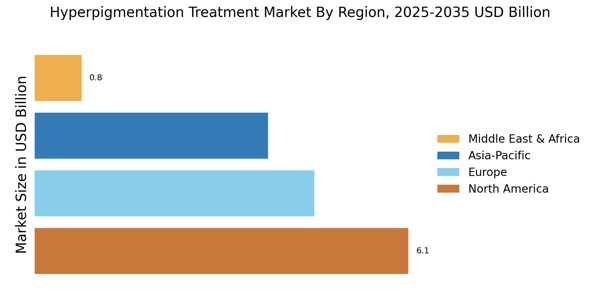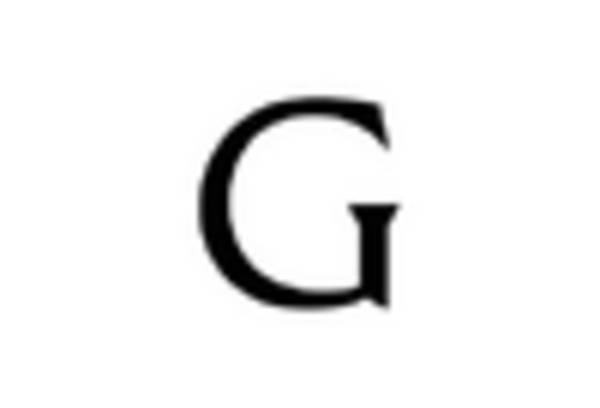Growth of E-commerce Platforms
The proliferation of e-commerce platforms is transforming the way consumers access hyperpigmentation treatments, thereby influencing the Hyperpigmentation Treatment Market. Online retailing offers convenience and a wider selection of products, allowing consumers to explore various treatment options from the comfort of their homes. Recent statistics suggest that online sales in the skincare sector have increased significantly, with e-commerce expected to account for over 20% of total skincare sales in the near future. This shift not only enhances product availability but also facilitates consumer education through reviews and detailed product information, potentially driving market growth.
Rising Incidence of Skin Disorders
The increasing prevalence of skin disorders, including hyperpigmentation, is a critical factor propelling the Hyperpigmentation Treatment Market. Factors such as environmental pollution, sun exposure, and lifestyle changes contribute to the rise in skin conditions. Data indicates that conditions like melasma and post-inflammatory hyperpigmentation are becoming more common, particularly among urban populations. This trend is likely to escalate demand for effective treatment solutions, as individuals seek to address these concerns. Consequently, the market is expected to witness a surge in innovative products and therapies aimed at treating hyperpigmentation.
Increasing Awareness of Skin Health
The rising awareness regarding skin health and aesthetics appears to be a pivotal driver for the Hyperpigmentation Treatment Market. Consumers are increasingly educated about skin conditions, leading to a surge in demand for effective treatments. This heightened awareness is reflected in the growing number of dermatological consultations and skincare product purchases. According to recent data, the skincare segment is projected to grow at a compound annual growth rate of approximately 5.5% over the next few years. As individuals seek solutions for hyperpigmentation, the market for specialized treatments is likely to expand, indicating a robust opportunity for industry players.
Advancements in Dermatological Research
Ongoing advancements in dermatological research are likely to play a crucial role in the evolution of the Hyperpigmentation Treatment Market. Innovations in treatment methodologies, including laser therapies and topical agents, are being developed to provide more effective solutions for hyperpigmentation. Research indicates that new formulations and technologies are emerging, which could enhance treatment efficacy and patient satisfaction. As these advancements become more widely available, they may attract a broader consumer base, thereby stimulating market growth and encouraging further investment in research and development.
Influence of Social Media and Beauty Trends
The impact of social media and evolving beauty trends is significantly shaping the Hyperpigmentation Treatment Market. Platforms such as Instagram and TikTok have become influential in promoting skincare routines and products, leading to increased consumer interest in hyperpigmentation treatments. Influencers and beauty experts often share their experiences with various treatments, which can drive consumer behavior and purchasing decisions. This trend suggests that brands that effectively leverage social media marketing may experience enhanced visibility and sales, thereby contributing to the overall growth of the market.


















Leave a Comment